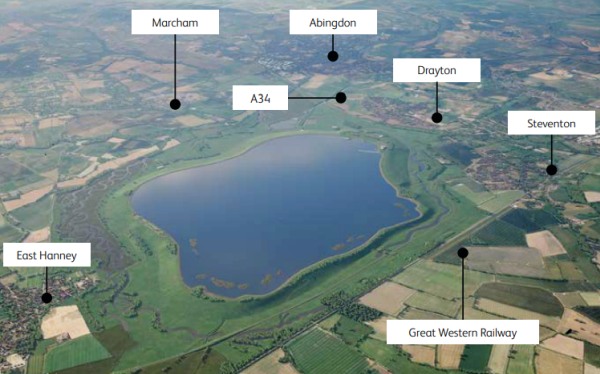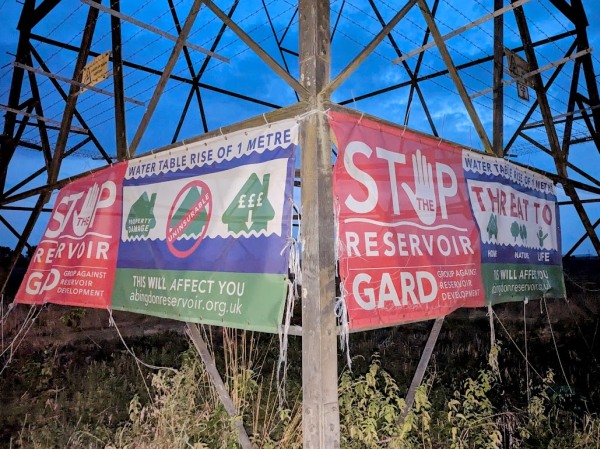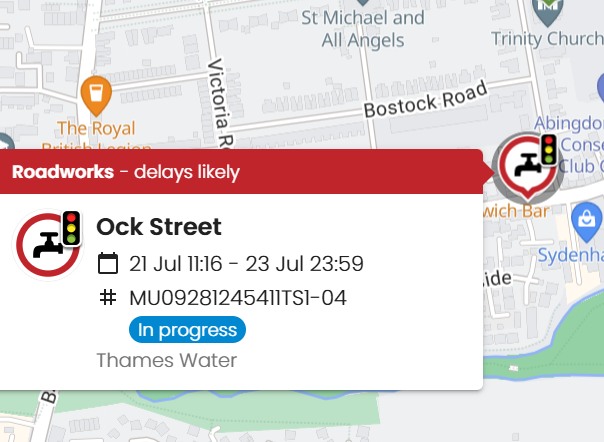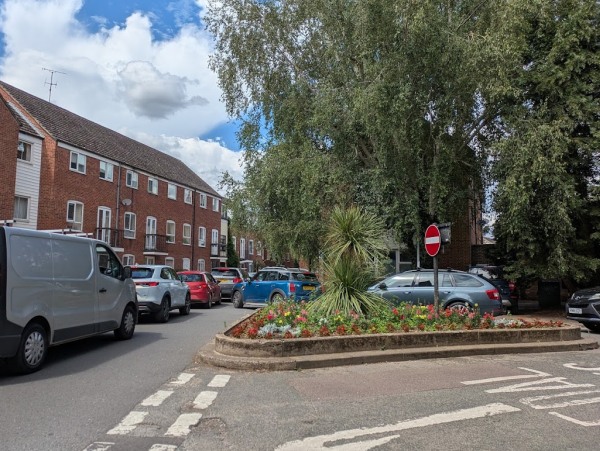
There’s a proposal to build a huge reservoir near Abingdon. It would cover farmland, roads and buildings between Drayton, Steventon, East Hanney and Marcham. The road from Steventon to East Hanney would be diverted and farmland and wildlife habitats lost.
This week, campaign groups (CPRE and Safer Waters) who tried to challenge the plan in court were unsuccessful. They are now hoping to take their case to the Court of Appeal.
The reservoir is being promoted as part of the solution to future water shortages. The reservoir would store enough water to supply 15 million people across the South East. But some local people and campaign groups are concerned it will damage wildlife, take away farmland, and change the local landscape and cause flooding.

Earlier this year, after years of local opposition to this and earlier proposals for a reservoir, the rules changed when Steve Reed, the UK’s Environment Secretary, approved the project and made it a Nationally Significant Infrastructure Project. That means local councils no longer have the final say. Instead, Thames Water can submit its plans to the Planning Inspectorate. After a public review, a government minister would then decide whether the project can go ahead.
The full planning application is likely to go to the Planning Inspectorate in 2026. If approved, construction could begin in 2029, and the reservoir could be ready from around 2040.








